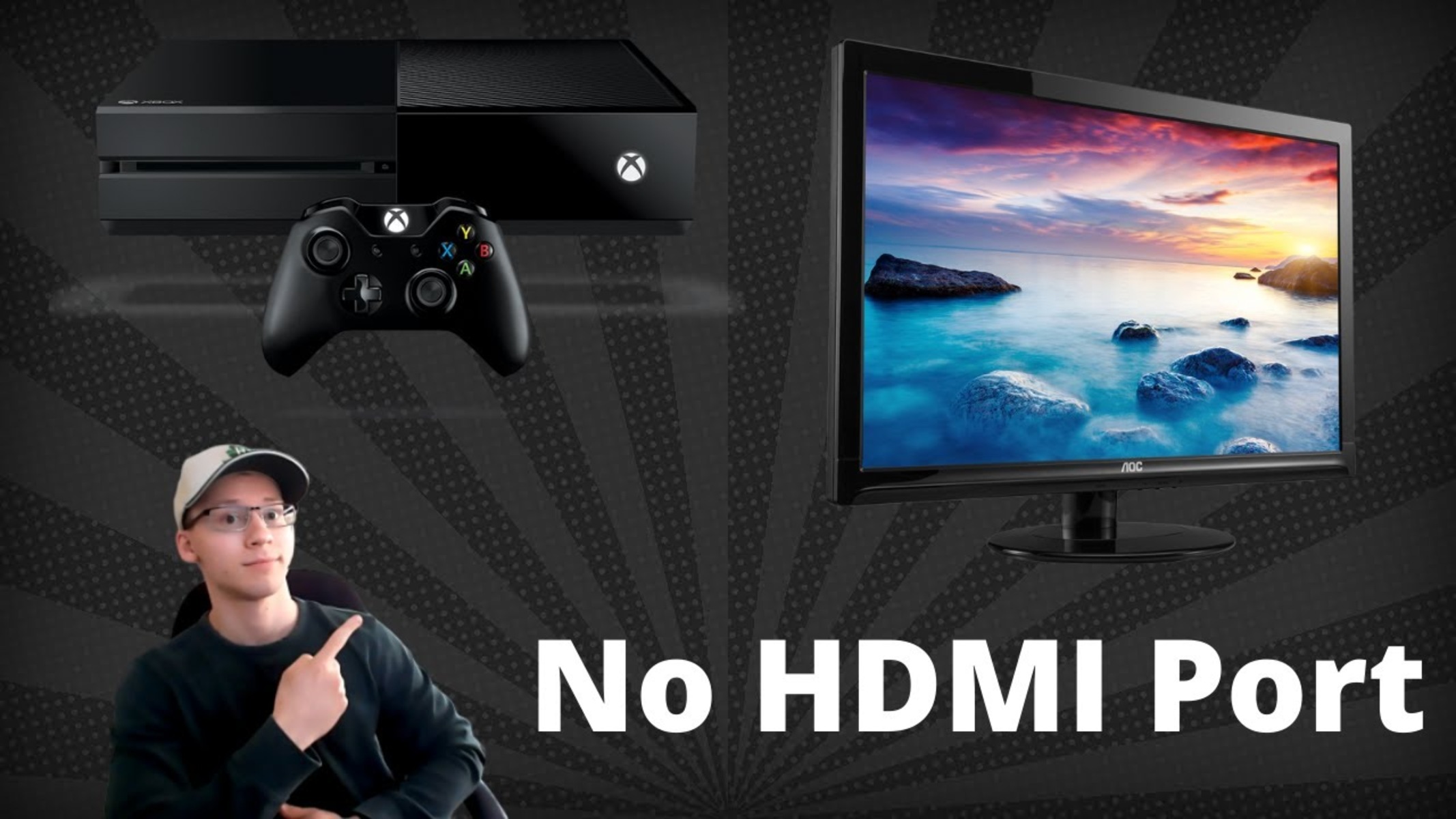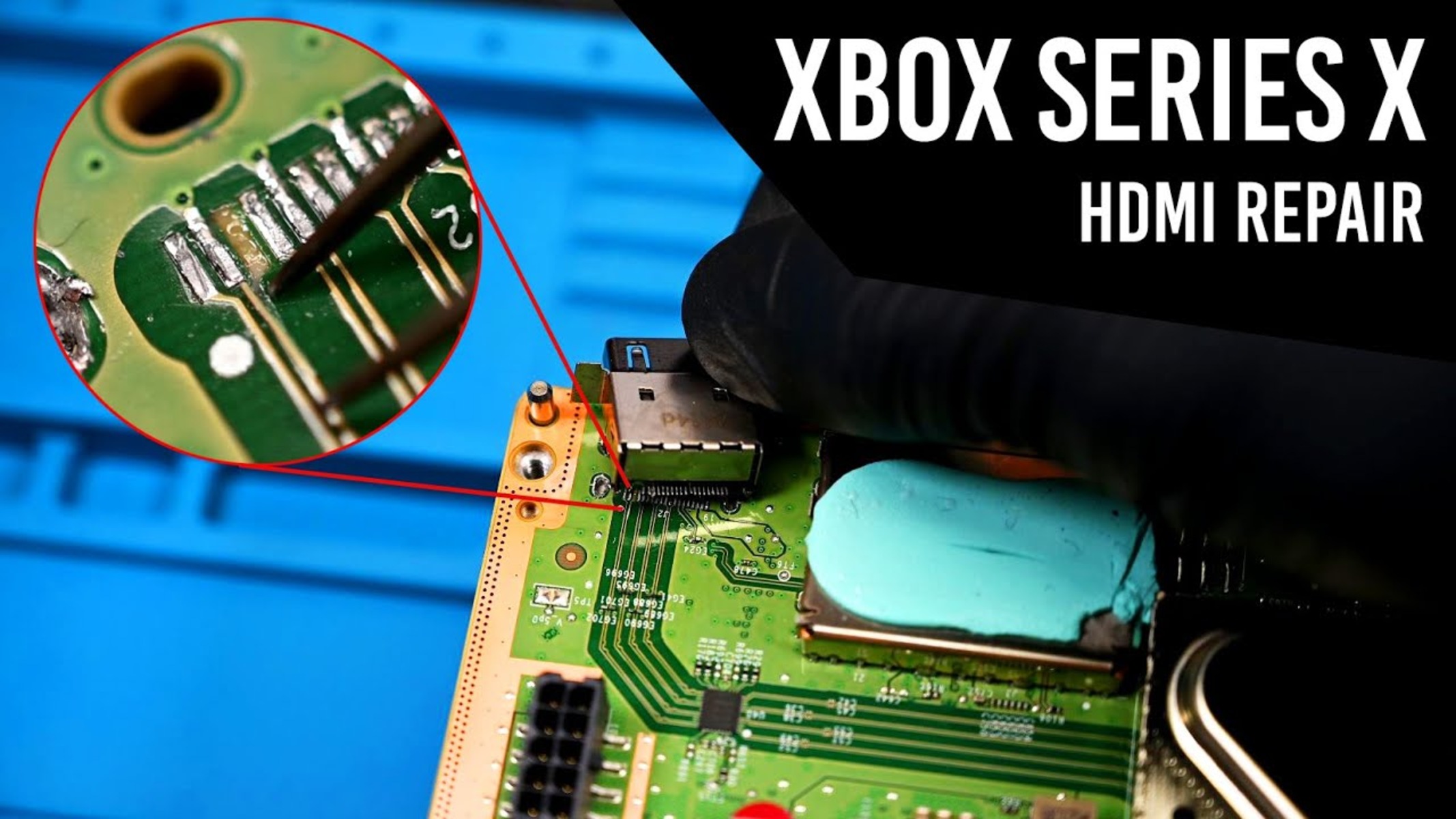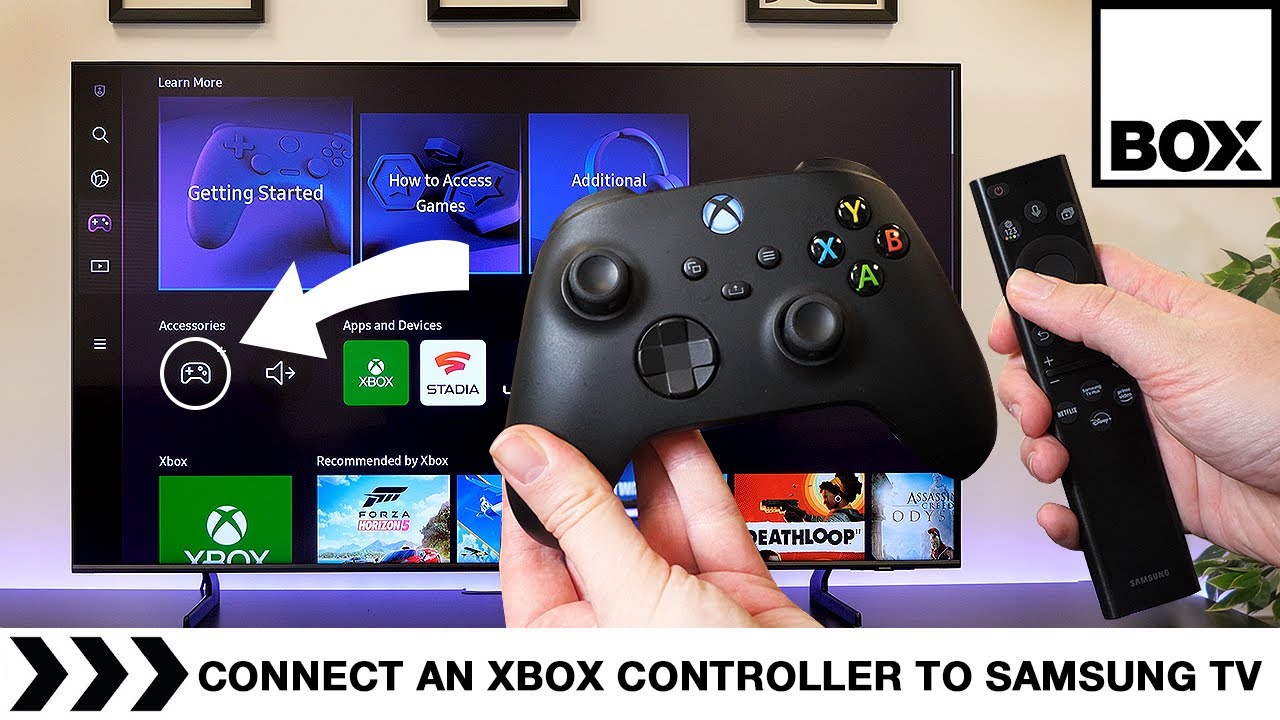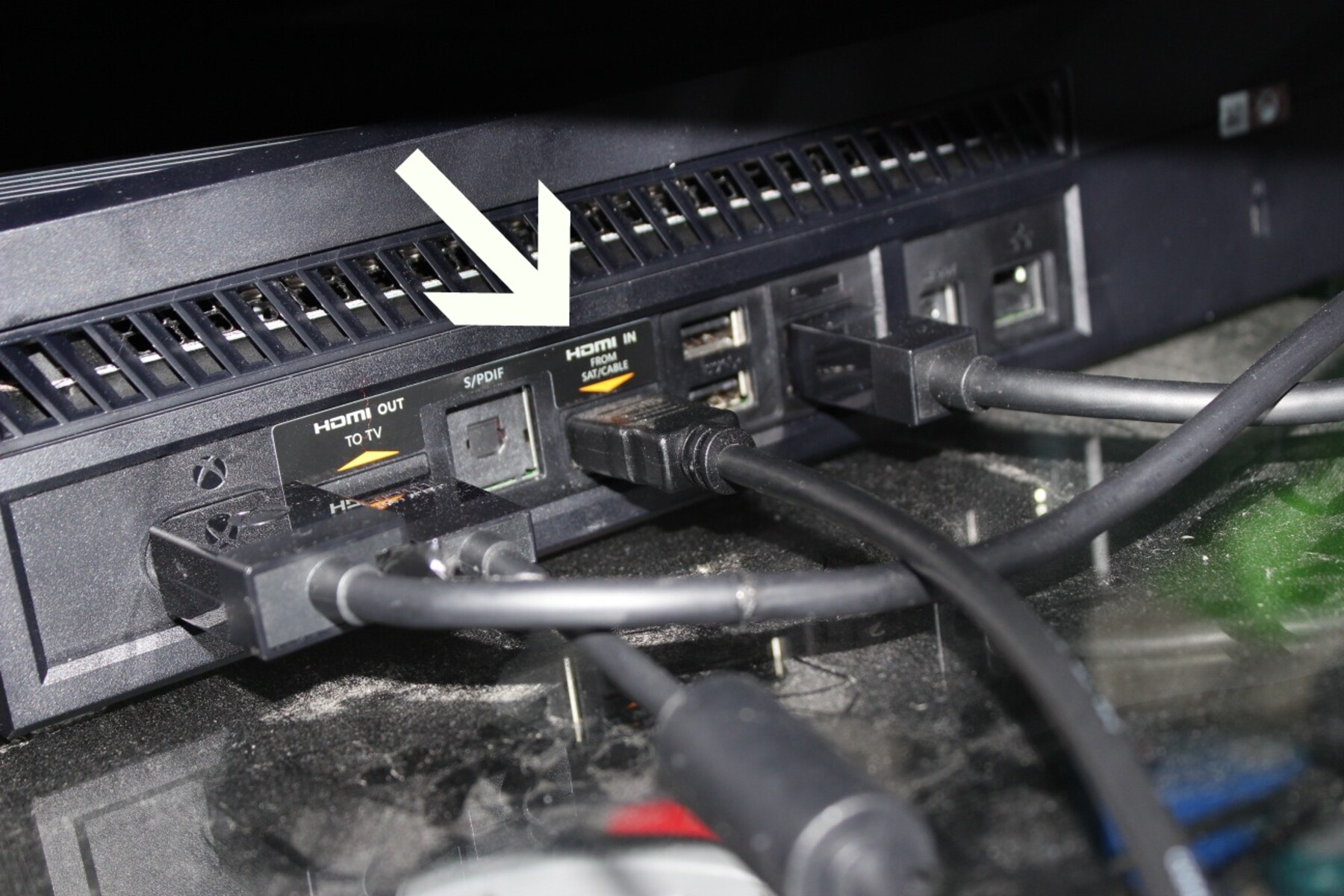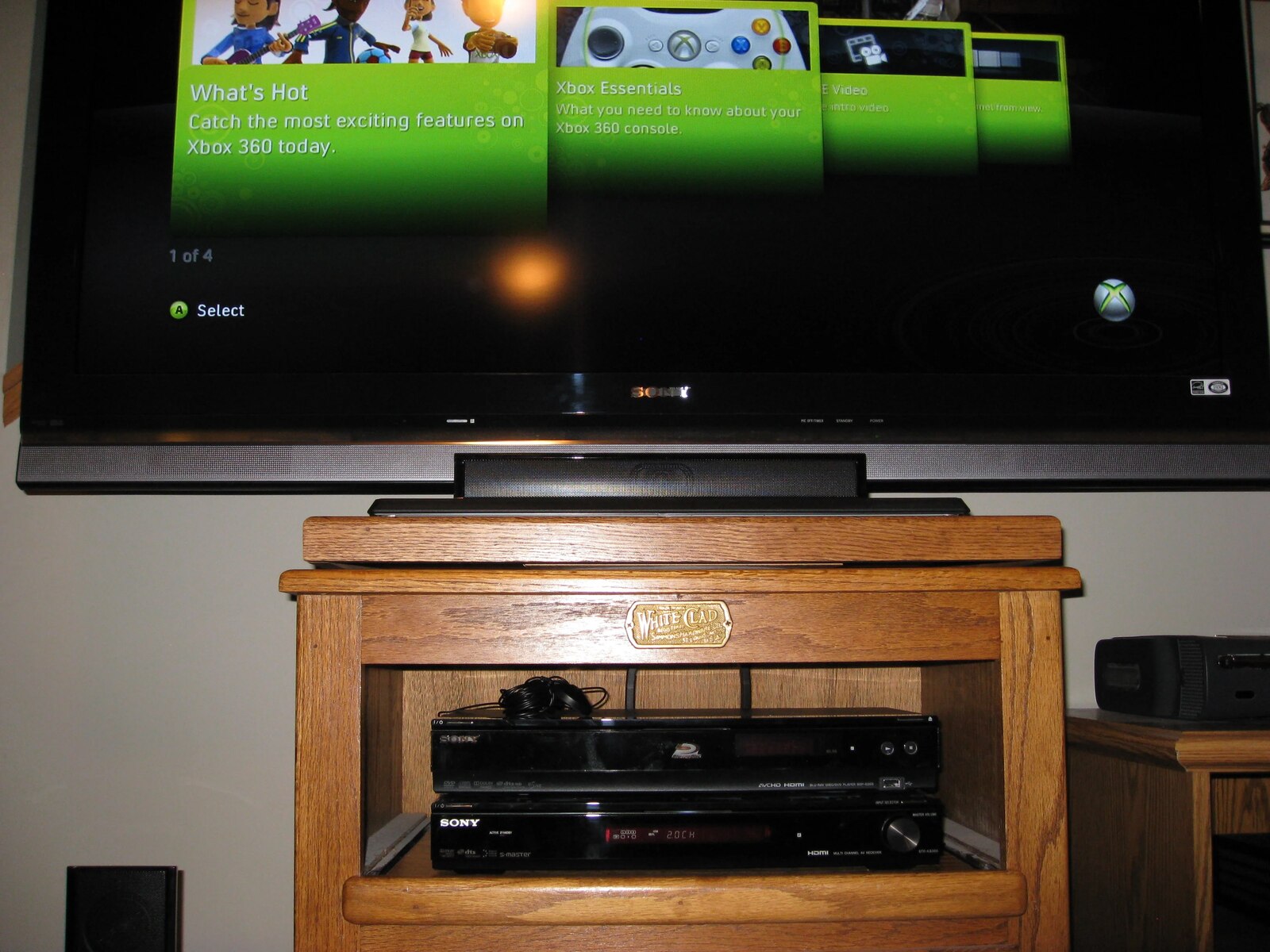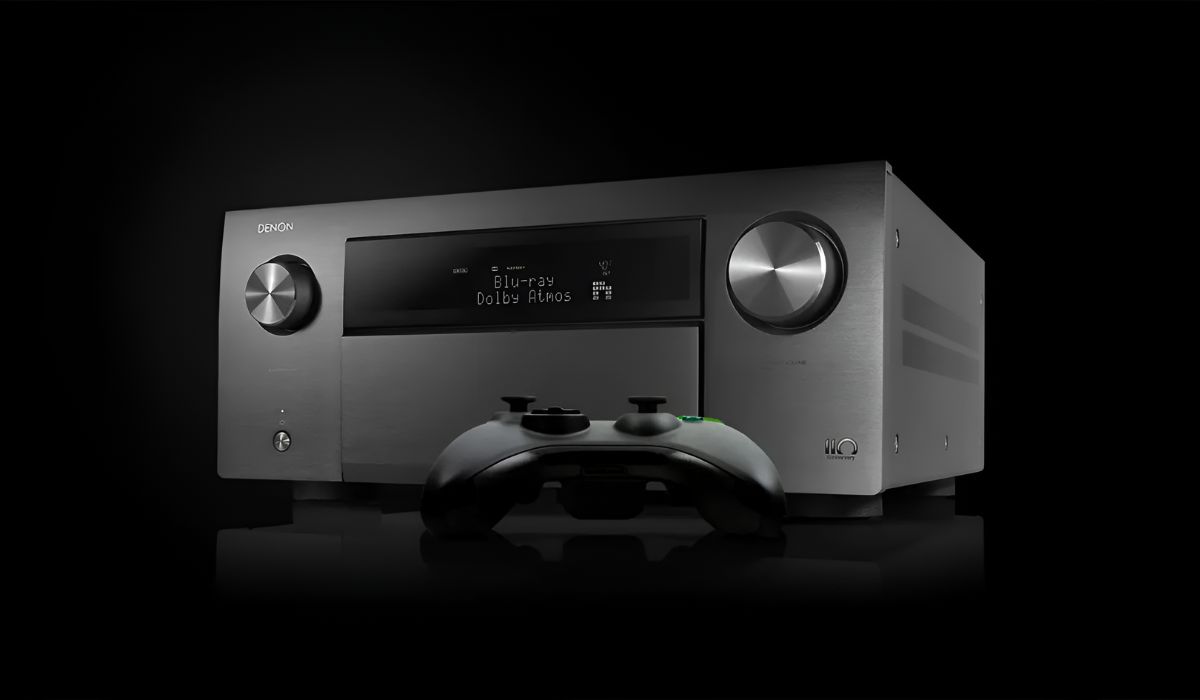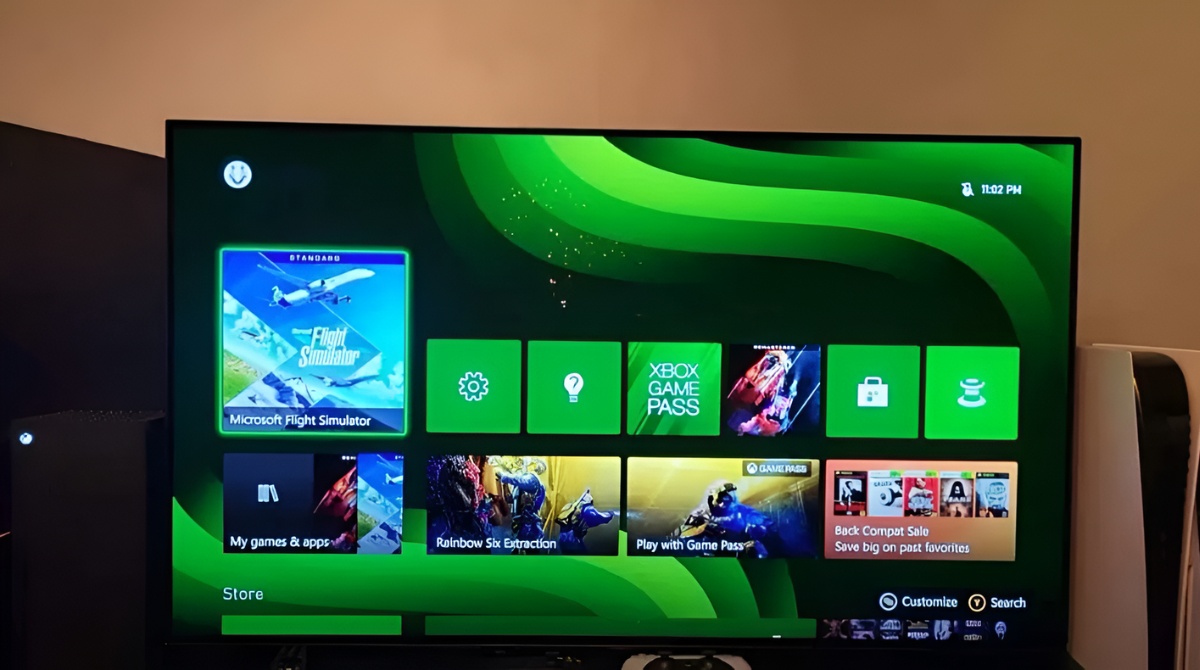Introduction
Connecting an Xbox console to a display without HDMI may seem like a daunting task, but fear not! There are several options available that allow you to enjoy your gaming experience on a non-HDMI display. Whether you’re using an older TV, a computer monitor, or a projector, we’ve got you covered.
In this article, we will explore various methods to connect your Xbox to a display without HDMI. From using composite AV cables to VGA, DVI, and even DisplayPort adapters, we will walk you through the steps to ensure a seamless connection. So, grab your controller and let’s get started!
Before we dive into the different options, it’s important to note that each method may have its limitations. The image quality and resolution may vary depending on the capabilities of your display and the chosen method. However, with a little bit of patience and the right equipment, you can still enjoy your gaming experience on a non-HDMI display.
Option 1: Using a composite AV cable
If you have an older TV that lacks HDMI ports, using a composite AV cable is a common and straightforward solution. This cable comes with three color-coded connectors: red, white, and yellow. It allows you to connect your Xbox console to the RCA inputs on your TV.
To get started, follow these steps:
- Locate the composite AV cable that came with your Xbox.
- Connect the yellow connector to the yellow composite video input on your TV.
- Connect the red and white connectors to the corresponding audio inputs on your TV.
- Plug the other end of the composite AV cable into the AV port on your Xbox console.
- Turn on your Xbox console and TV.
- Using your TV’s remote, select the correct input source (e.g., AV, Video, or Composite) to display the Xbox screen.
Please note that while the composite AV cable will allow you to play your Xbox games, the image quality will not be as sharp as HDMI. The maximum resolution supported by this method is 480i, which is standard definition. However, this option is still a viable choice if you’re using an older TV without HDMI capability or if you’re looking for a quick and inexpensive solution.
Keep in mind that some Xbox consoles may require an AV cable adapter to connect the composite AV cable. Check the specific requirements of your Xbox model to ensure compatibility.
Option 2: Using a VGA cable
If you have a computer monitor or a projector that supports VGA input, you can connect your Xbox to it using a VGA cable. This option provides a higher resolution compared to composite AV cables, allowing for a better gaming experience.
Here’s how you can connect your Xbox console to a VGA display:
- Obtain a VGA cable that is compatible with your Xbox console.
- Connect one end of the VGA cable to the VGA port on your display.
- Plug the other end of the VGA cable into the VGA port on your Xbox console.
- Once everything is connected, turn on your Xbox console and the display.
- On your display, select the VGA input source to see the Xbox screen.
It’s important to note that a VGA cable transmits video signals only. To transmit audio, you will need to connect an additional audio cable. Depending on your Xbox model, you can use an RCA-to-3.5mm jack cable or an Xbox HDMI audio adapter to extract the audio signal and connect it to external speakers or headphones.
With the VGA option, you can achieve a maximum resolution of 1920×1080 (1080p) depending on your monitor’s capabilities. This makes it an excellent choice for gamers who want a better visual experience without HDMI.
However, keep in mind that not all VGA cables are created equal. Ensure that the VGA cable you choose is specifically designed for the Xbox console and supports the appropriate resolution. Using a high-quality cable is crucial to avoid image distortion or signal degradation.
Option 3: Using a DVI cable
Another option for connecting your Xbox console to a display without HDMI is by using a DVI (Digital Visual Interface) cable. This method is suitable if your TV, monitor, or projector has a DVI input port.
Follow these steps to set up your Xbox with a DVI cable:
- Obtain a DVI cable compatible with your Xbox console.
- Connect one end of the DVI cable to the DVI port on your display.
- Plug the other end of the DVI cable into the DVI port on your Xbox console.
- After ensuring that the connections are secure, power on your Xbox console and the display.
- Select the appropriate input source on your display to view the Xbox screen.
It’s important to note that DVI cables only transmit video signals and do not carry audio. To get audio while using a DVI cable, you will need to connect an additional audio cable. Similar to the VGA option, you can use an RCA-to-3.5mm jack cable or an Xbox HDMI audio adapter to extract the audio signal and connect it to external speakers or headphones.
The maximum resolution you can achieve with a DVI connection depends on the capabilities of your display. However, it typically supports resolutions up to 1920×1200 (WUXGA) or 2560×1600 (WQXGA), allowing for a high-quality gaming experience.
Keep in mind that some Xbox models may require a DVI-to-HDMI adapter if the console does not have a built-in DVI port. This adapter allows you to connect the DVI cable to the HDMI port on your Xbox console.
With the DVI option, you can enjoy crystal-clear visuals on your non-HDMI display, making it a great choice for gamers who want a high-definition gaming experience.
Option 4: Using a DisplayPort to HDMI adapter
If you have a display with a DisplayPort input, another option to connect your Xbox console without HDMI is by using a DisplayPort to HDMI adapter. This method allows you to convert the signal from your Xbox console to HDMI, enabling you to connect it to the display.
Here’s how you can set up your Xbox with a DisplayPort to HDMI adapter:
- Obtain a DisplayPort to HDMI adapter that is compatible with your Xbox console.
- Connect the HDMI end of the adapter to the HDMI cable.
- Insert the DisplayPort end of the adapter into the DisplayPort input port on your display.
- Connect the HDMI cable to the HDMI output port on the adapter.
- Ensure that all connections are secure, then power on your Xbox console and the display.
- Select the HDMI input on your display to view the Xbox screen.
With the DisplayPort to HDMI adapter, you can achieve the same high-quality video and audio as a direct HDMI connection. This option is especially useful if you have a newer display with a DisplayPort input but lack an HDMI input.
It’s important to note that the availability of DisplayPort inputs may vary depending on your display model. Ensure that your display supports the use of a DisplayPort to HDMI adapter before making a purchase.
By utilizing a DisplayPort to HDMI adapter, you can enjoy a seamless and high-definition gaming experience on your non-HDMI display.
Option 5: Using an HDMI to DVI adapter
If you have a display with a DVI input but lack an HDMI port, you can still connect your Xbox console by using an HDMI to DVI adapter. This method allows you to convert the HDMI signal from your Xbox to DVI, enabling a connection to your display.
Follow these steps to set up your Xbox with an HDMI to DVI adapter:
- Obtain an HDMI to DVI adapter that is compatible with your Xbox console.
- Connect the HDMI end of the adapter to the HDMI cable.
- Insert the DVI end of the adapter into the DVI input port on your display.
- Secure all connections and power on your Xbox console and the display.
- Select the DVI input on your display to view the Xbox screen.
When using an HDMI to DVI adapter, it’s important to note that DVI only supports video signals. To get audio while using this method, you will need to connect an additional audio cable, such as an RCA-to-3.5mm jack cable or an Xbox HDMI audio adapter, depending on your Xbox model.
The maximum resolution and image quality you can achieve with an HDMI to DVI connection depend on the capabilities of your display. However, it typically supports resolutions up to 1920×1200 (WUXGA) or 2560×1600 (WQXGA).
It’s worth mentioning that not all HDMI to DVI adapters are created equal. Ensure that the adapter you choose is of high quality to maintain a stable and reliable connection. Additionally, check for compatibility with your Xbox console to ensure proper functionality.
By utilizing an HDMI to DVI adapter, you can connect your Xbox console to a display without an HDMI port, providing an alternative solution for enjoying your gaming experience.
Conclusion
Connecting your Xbox console to a display without HDMI is not as challenging as it may seem. With the various options available, you can still enjoy your gaming experience on a non-HDMI display.
In this article, we explored five different methods to connect your Xbox without HDMI: using a composite AV cable, a VGA cable, a DVI cable, a DisplayPort to HDMI adapter, and an HDMI to DVI adapter.
Each method has its advantages and limitations, depending on the capabilities of your display and Xbox model. The image quality and maximum resolution may vary, but with the right equipment, you can still achieve an enjoyable gaming experience.
If you have an older TV, using a composite AV cable is a simple and inexpensive solution. For a higher resolution option, connecting your Xbox to a VGA display provides better visual quality.
If your display has a DVI or DisplayPort input, you can use the respective cables or adapters to achieve a high-definition gaming experience. However, keep in mind that additional audio cables may be needed for sound transmission.
Before making a decision, consider the compatibility of your Xbox model, the availability of ports on your display, and the desired image quality.
Remember, while these methods may not offer the same level of convenience as an HDMI connection, they provide viable alternatives for gamers who want to connect their Xbox console to a non-HDMI display.
So, choose the option that suits your setup and enjoy gaming on your preferred display, regardless of HDMI compatibility.







